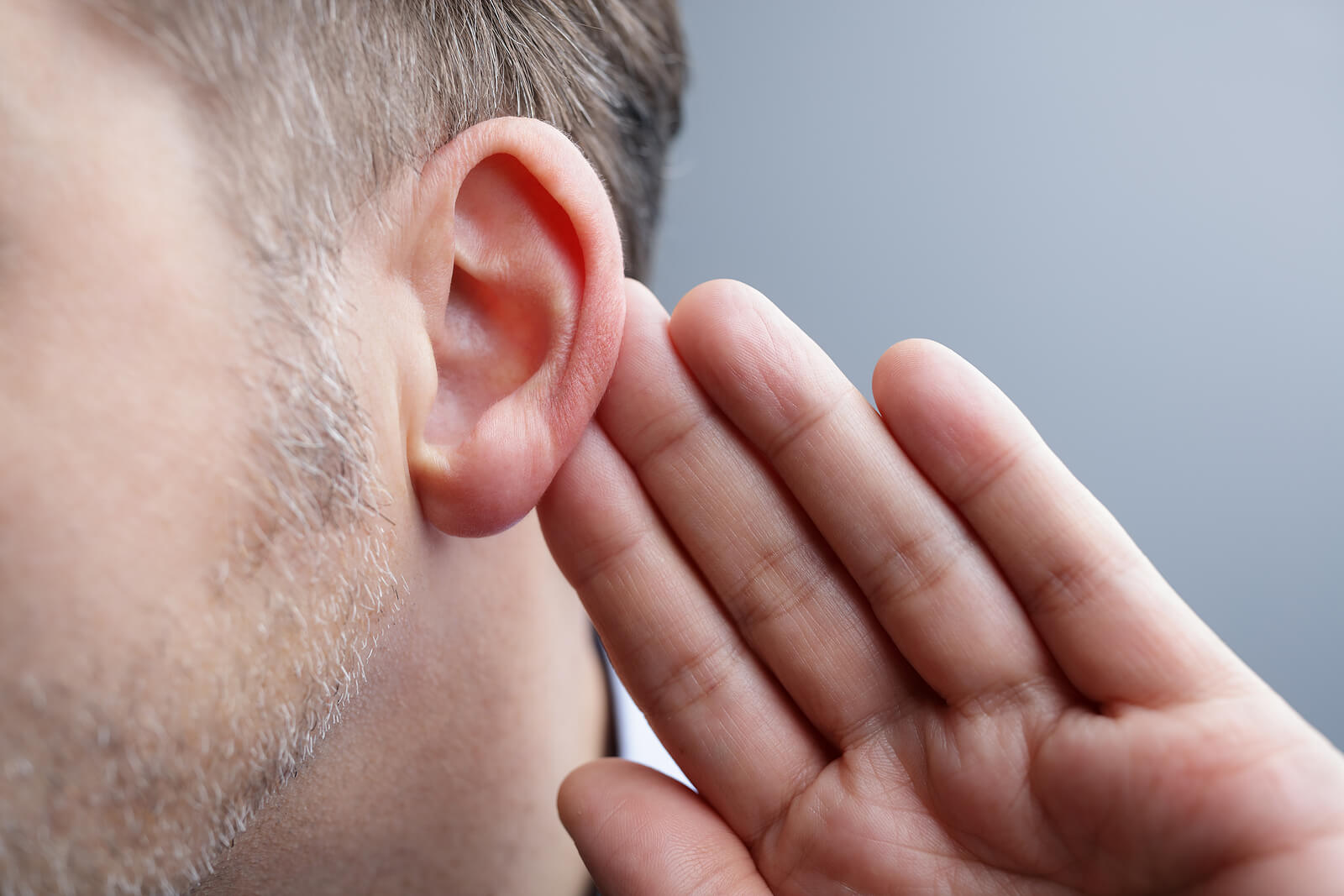
Degree of Hearing Loss
Results of the audiometric evaluation are plotted on a chart called an audiogram. Loudness is plotted from top to bottom; top of the graph is very quiet and bottom of the graph is very loud. Frequency, or pitch, from low to high, is plotted from left to right. Hearing loss (HL) is measured in decibels (dB) and is described in general categories. Hearing loss is not measured in percentages. The general hearing loss categories used by most hearing professionals are as follows:
- Normal hearing (0 to 25 dB HL)
- Mild hearing loss (26 to 40 dB HL)
- Moderate hearing loss (41 to 70 dB HL)
- Severe hearing loss (71 to 90 dB HL)
- Profound hearing loss (greater than 91 dB HL)
Types of Hearing Loss
The external and the middle ear conduct and transform sound; the inner ear receives it. When there is a problem in the external or middle ear, a conductive hearing impairment occurs. When the problem is in the inner ear, a sensorineural or hair cell loss is the result. When there are problems in the middle and inner ear, a mixed hearing impairment is the result (i.e. conductive and a sensorineural impairment). Central hearing loss has more to do with the brain than the ear, and will be discussed only briefly.
Conductive hearing loss occurs when sound is not conducted efficiently through the ear canal, eardrum, or tiny bones of the middle ear, resulting in a reduction of the loudness of sound that is heard. Conductive losses may result from earwax blocking the ear canal, fluid in the middle ear, middle ear infection, obstruction of the ear canal, perforation (hole) in the eardrum membrane, or disease of any of the three middle ear bones.
A person with a conductive hearing loss may notice that their ears may seem to be full or plugged. This person may speak softly because they hear their own voice quite loudly. Crunchy foods, such as celery or carrots, sound very loud and this person may have to stop chewing to hear what is being said. All conductive hearing losses should be evaluated by a physician to explore medical and surgical options.
Sensorineural hearing loss is the most common type of hearing loss. More than 90 percent of all hearing aid wearers have sensorineural hearing loss. The most common causes of sensorineural hearing loss are age related changes and noise exposure. A sensorineural hearing loss may also result from disturbance of inner ear circulation, increased inner ear fluid pressure, or from disturbances of nerve transmission. Sensorineural hearing loss is also called “cochlear loss,” an “inner ear loss” and “nerve loss.” Years ago, many professionals said there was nothing that could be done for sensorineural hearing loss – that is totally incorrect today. There are many excellent options for the patient with sensorineural hearing loss. A person with a sensorineural hearing loss may report that they can hear people talking, but they can’t understand what they are saying. An increase in the loudness of speech may only add to their confusion. This person will usually hear better in quiet places and may have difficulty understanding what is said over the telephone.
Central hearing impairment occurs when auditory centers located within the brain are affected by injury, disease, tumor, hereditary, or unknown causes. Loudness of sound is not necessarily affected, although speech understanding and clarity is affected. With this condition, a loss of loudness and clarity may occur at the same time.
